20 Secrets Your Tailor Won’t Tell You
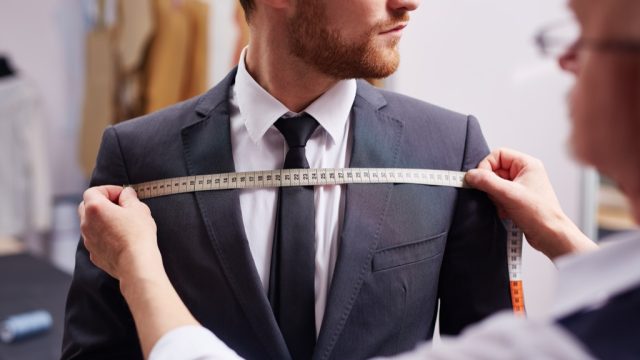
Good tailors are masters of the tiniest details. They have eagle eyes that can identify a stitch out of place or the slightest difference in color or quality. With such skill for the small things, it’s no wonder these pros also often keep their real opinions about their customers’ choices and preferences close to the chest.
In fact, there is plenty that a good tailor won’t tell you, from what a buttonhole says about a suit’s quality to what they’re really measuring with that tape. So read on, and learn. And for more great style coverage, check out the 40 Best Tips for Dressing Well in Your 40s.
1
Don’t Say “Bespoke” When You Mean “Made-to-Measure”
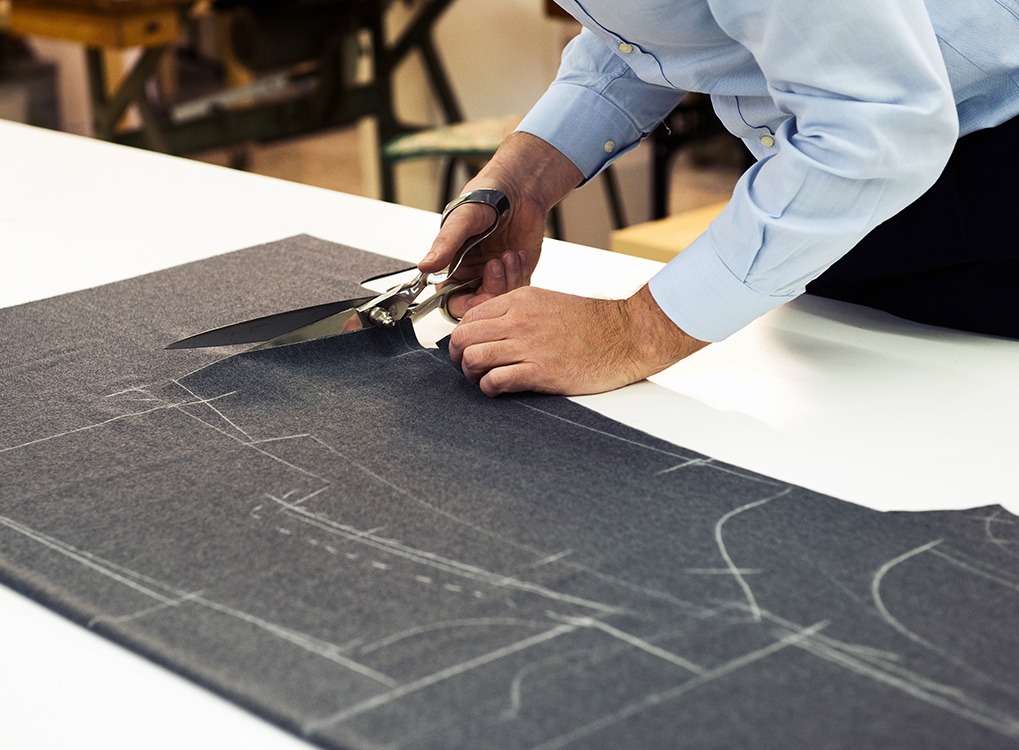
Words have meaning to tailors, and while “bespoke” is all the rage in everything from clothing to lunch menus, often customers use it when they actually mean made-to-measure.
The latter is a suit based on set patterns that is then tailored to the exact measurements of the customer. Bespoke suits are created completely from scratch, cut to your exact shape (they are also much more expensive—so if you’re fine with MTM, save yourself some money and ask for that). And for more tips on looking your best in a suit, take a look at the 7 Must-Have Vintage-Inspired Watches.
2
You Should Really Know What You Want
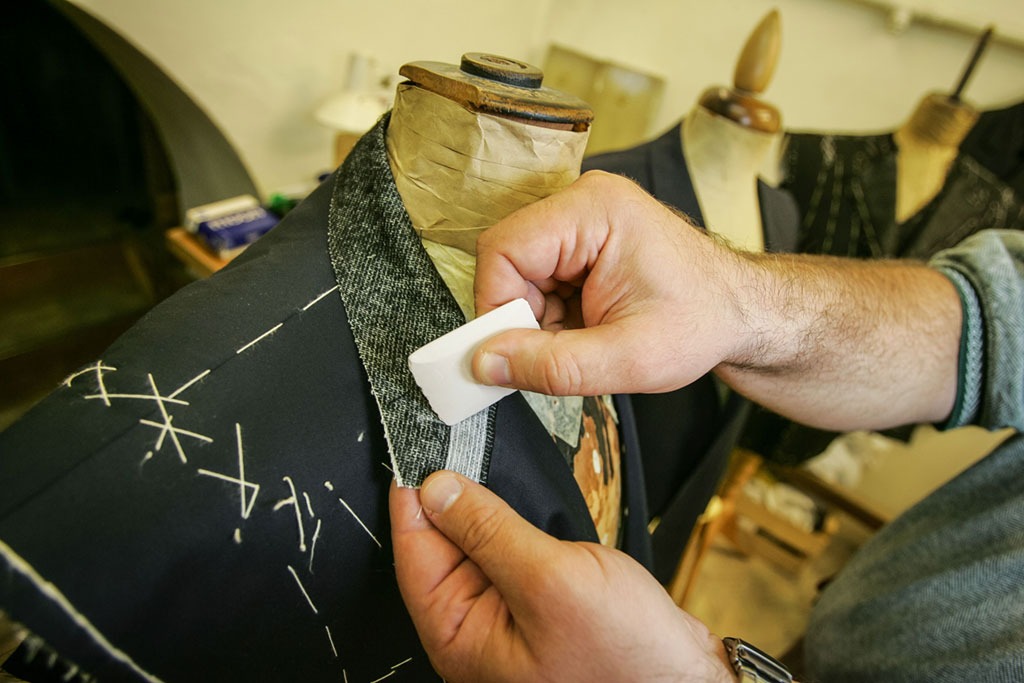
Tailors have their specialties, and will give you better work if you know that when you come in. Don’t go to an Italian suit-maker asking for a structured shoulder and flap pockets (more typical of American or British suit styles). Do your research on the tailor before you head in.
3
Ball a Suit Up to Be Sure it’s Good Quality
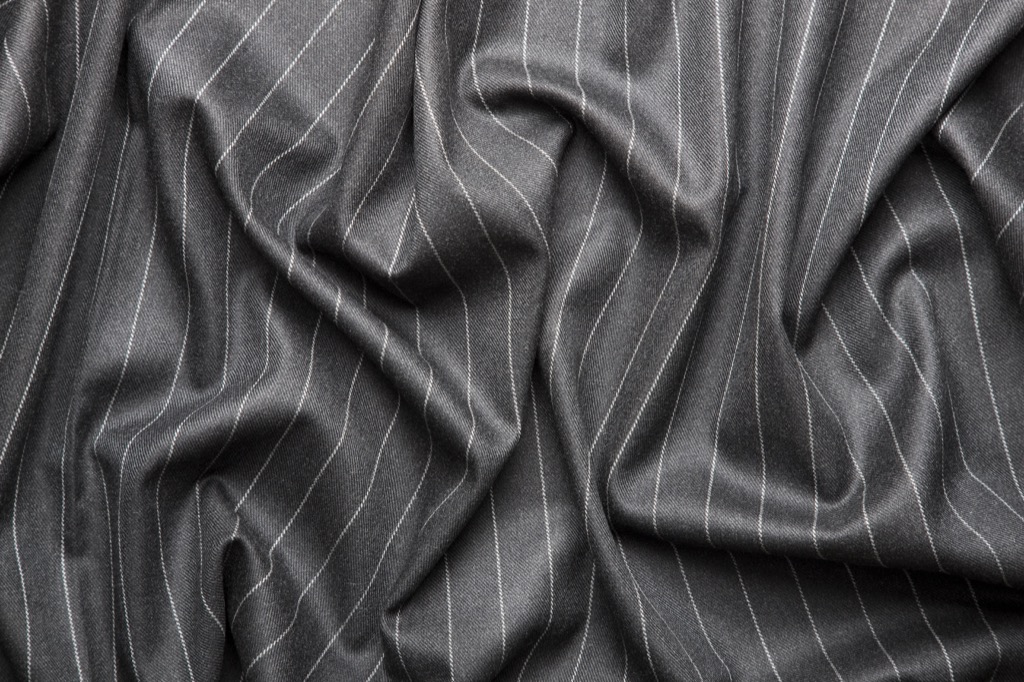
This is another way to check its quality: If you twist a suit into a ball, you can tell if it’s made from high-quality material by the fact that it doesn’t crease immediately. If balling it up creates wrinkles that don’t go away, the material is sub-par. And sub-par suits are definitely one of the 40 Things No Man Should Ever Wear To Work.
4
Check the Collar
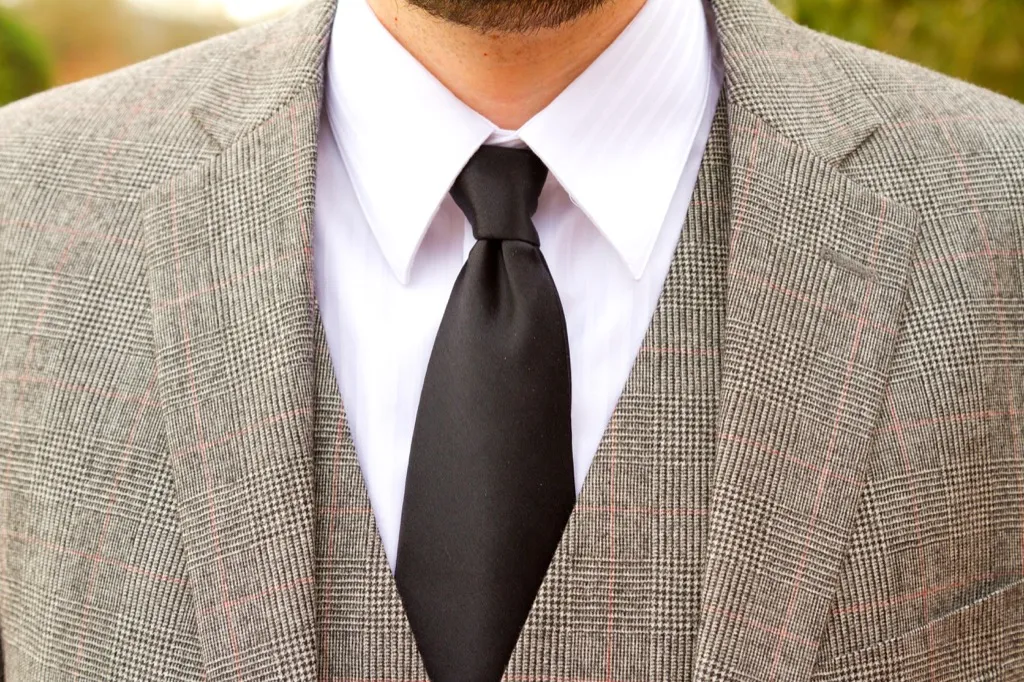
To check the skill with which a jacket was made, flip the collar up and check if the seam under it is handmade. If it’s machine made, you’ve got a cheap suit in your hand.
5
A Buttonhole Can Tell You a Bunch
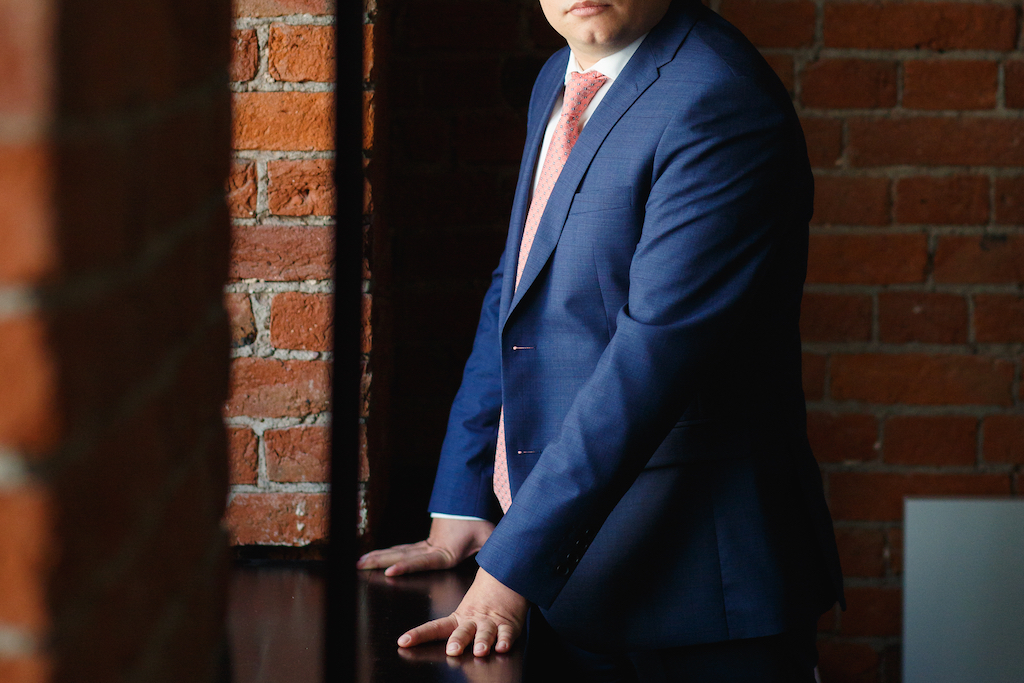
A tailor can tell a good suit often by looking no further than the buttonhole. If it’s frayed, machine stitched, or poorly handmade, you might want to upgrade.
6
They’re silently reading your posture

It’s not just the numbers on their measuring tape that help a tailor make decisions about the suits they’re creating—they look at your posture, body type, and more.
“A reputable tailor will take note of a customer’s figuration,” tailor Richard Anderson, author of Bespoke: Savile Row Ripped and Smoothed, told CNN. “On top of the standard measurements, we look to see if their legs are bowed or if one shoulder is lower than the other. This is subtly done, and we don’t say anything.”
7
You Can Get Good Suits Off the Rack
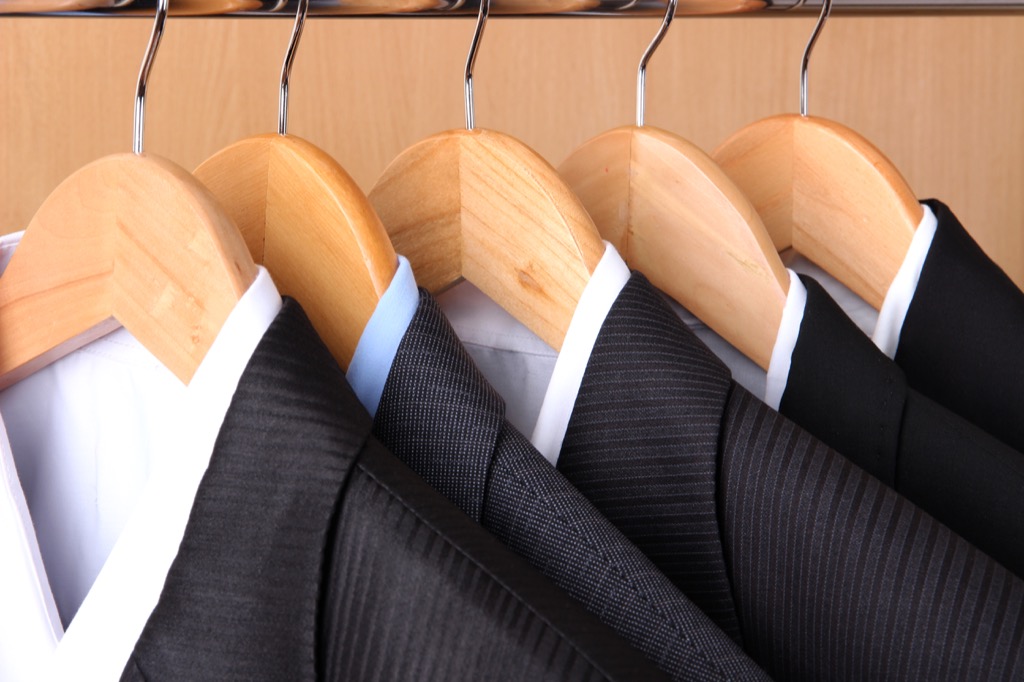
Bespoke may be the ideal for a suit, but some tailors may admit that you can get a very good suit off the rack, if you know what to look for.
“We always tell customers to go to our store first and try on our off-the-rack suits. If those fit great and you love the style, then there’s no reason to go custom,” Daniel Lewis, co-founder of Brooklyn Tailors, told Men’s Journal. “We don’t want customers paying extra money and taking more time if it’s not necessary.”
8
You Won’t Grow Out of Your Custom Suit

Some guys buying a new custom suit worry that such specific measurements will mean that they are a couple big meals away from the thing no longer fitting. These fears are misplaced. “Suits can absolutely be altered should your weight fluctuate or stylistic preferences change,” Lewis added. Of course, that’s within reason.
9
Plastic Buttons Are Bad News
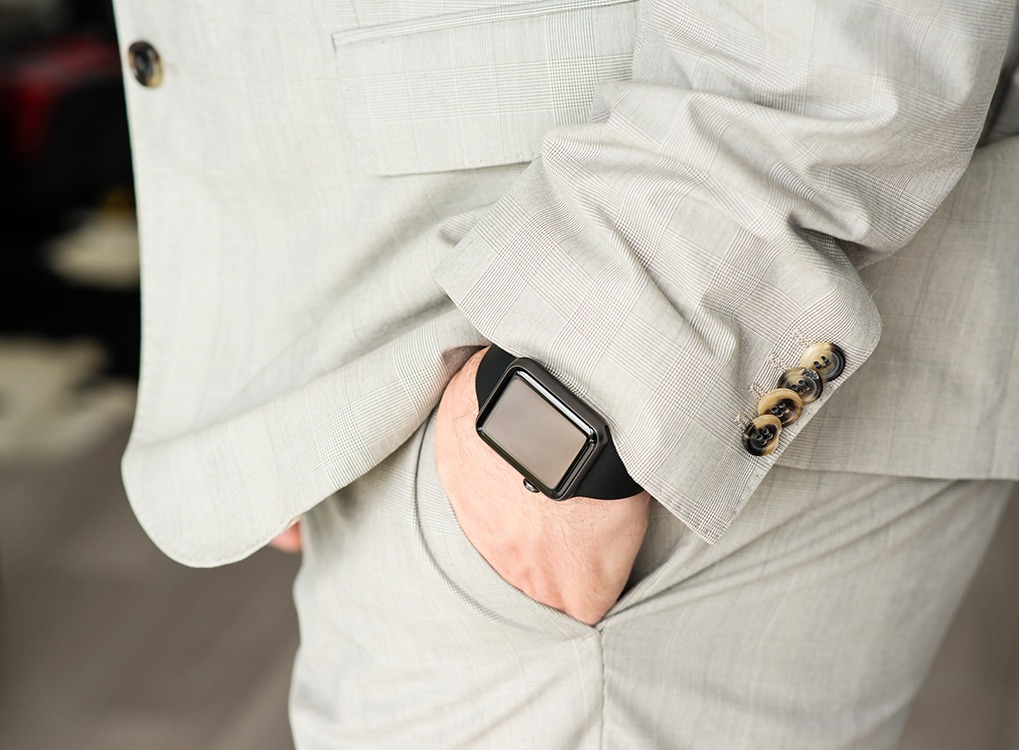
Like machine-stitched seams, plastic buttons are often a dead giveaway for a low-quality outfit—it breaks easily and is lighter weight than higher-quality materials like horn or corozo. It’s not always simple to discern the difference, but a good tailor will know.
10
They Don’t Like Making Trendy Suits
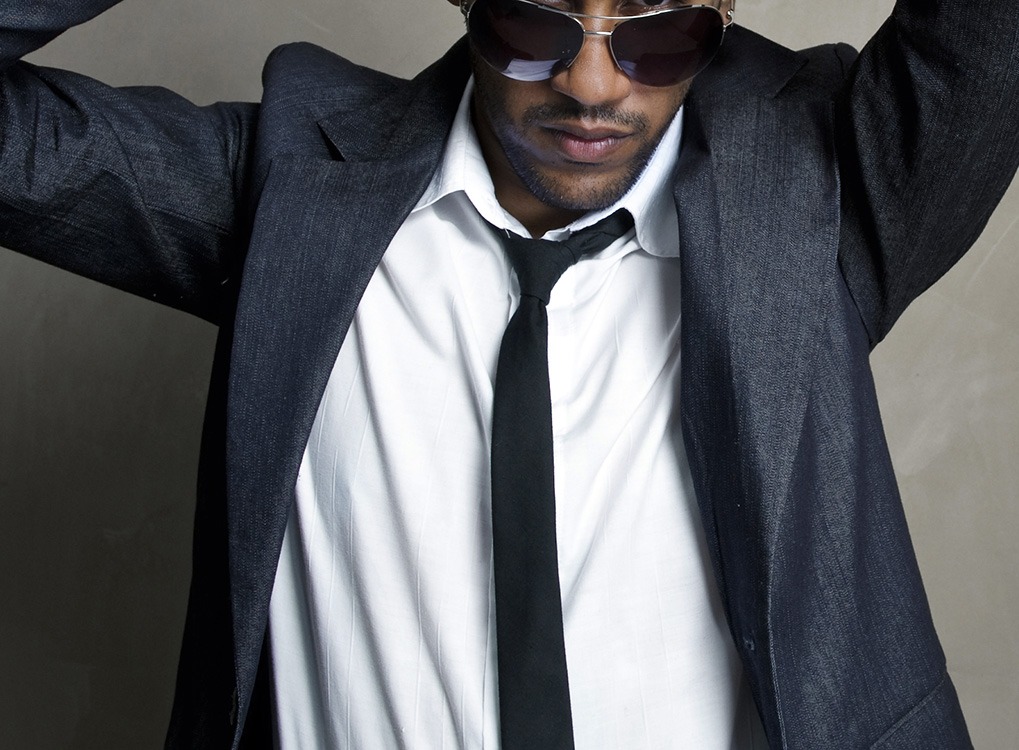
Tailors generally feel that you should buy a suit that’s going to last years, not a season, so asking for a suit to follow the latest trends is going to annoy your tailor (if they are a good one who is all about classic, long-lasting style) and will end up costing you more when you have to replace the thing in a year. A little trendiness is fine, but be sparing in following the latest style.
11
What You Really Look Like
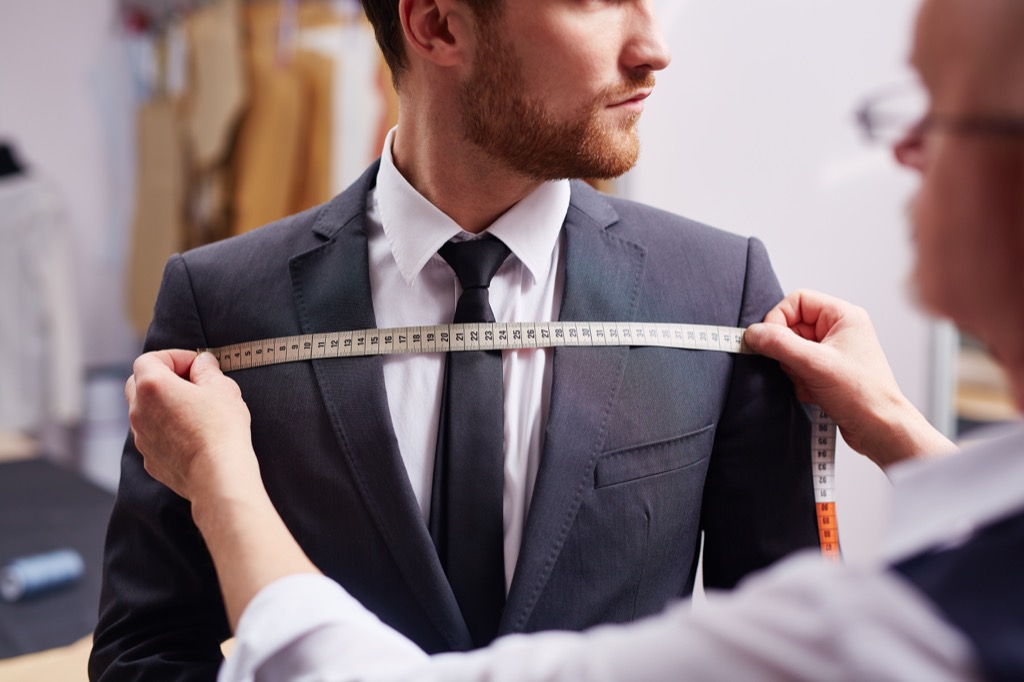
You may wish you filled out a suit like David Beckham, but if you’ve got a gut, it’s going to show when you try to dress like him. Instead, select a suit that actually works with your body type. A tailor might not want to point out to you that the slim-fit you like is just not for you, so it’s up to you to be honest with yourself first.
“Skinny people should avoid wide lapels, portly people slim lapels,” Neil McCann, owner of McCann Bespoke on Shaftesbury Avenue in London, told The Week. “Short people should avoid jackets that are too long. Tall people should avoid trousers that are too short.”
12
They’ll Expect to Alter It Themselves
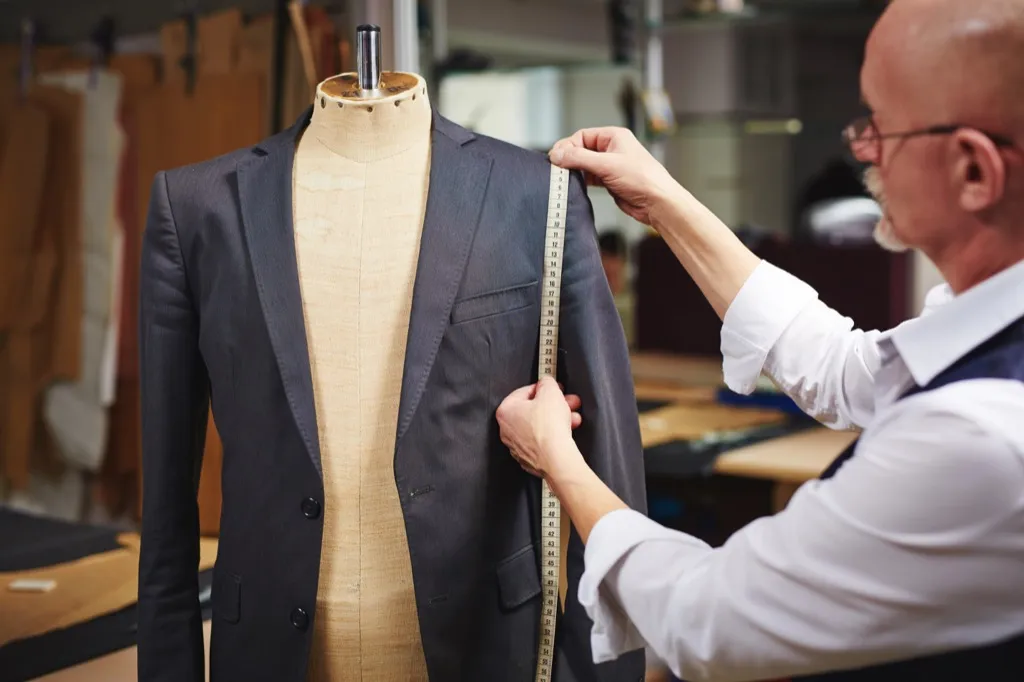
If you bought a suit from a particular tailor, and love the job they did, why would you go somewhere else when you need an alteration? Just because it might be a little cheaper, you’re not going to win any points with your tailor if you get some other guy to adjust the work he did—and the different level of quality is likely to show.
13
Money Can’t Buy You Style

Writing for Real Men Real Style, Italian tailor Mario Natella explains that “Money is NOT the key in order for you to dress and not cover…You need to know yourself, your body, your flaws and you are the one who should use the money, brand, and tailors to give yourself the best feeling and the best comfort ever.”
14
They Like It If You Know the Lingo

Study up on the common terms tailors use—know the difference between a full break and a quarter break, between no vent and double vent. Having a clear understanding of these differences and the impact they will make on your overall look will get you taken more seriously by the tailor and in the end lead to a better suit.
15
They Don’t Like Impatience
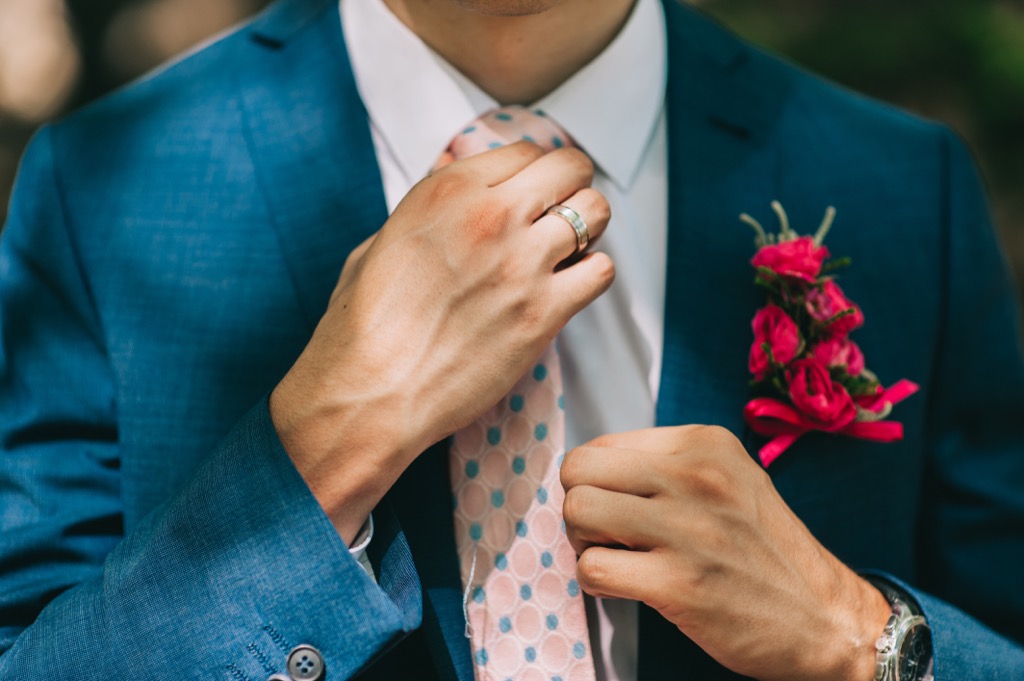
To get a great suit fitted properly can require 15-20 body measurements taken over two to four fittings. If you are trying to get a suit whipped up immediately, the lack of quality and time put into it is going to come across in the final result.
16
They Don’t Want You to Wear Sneakers
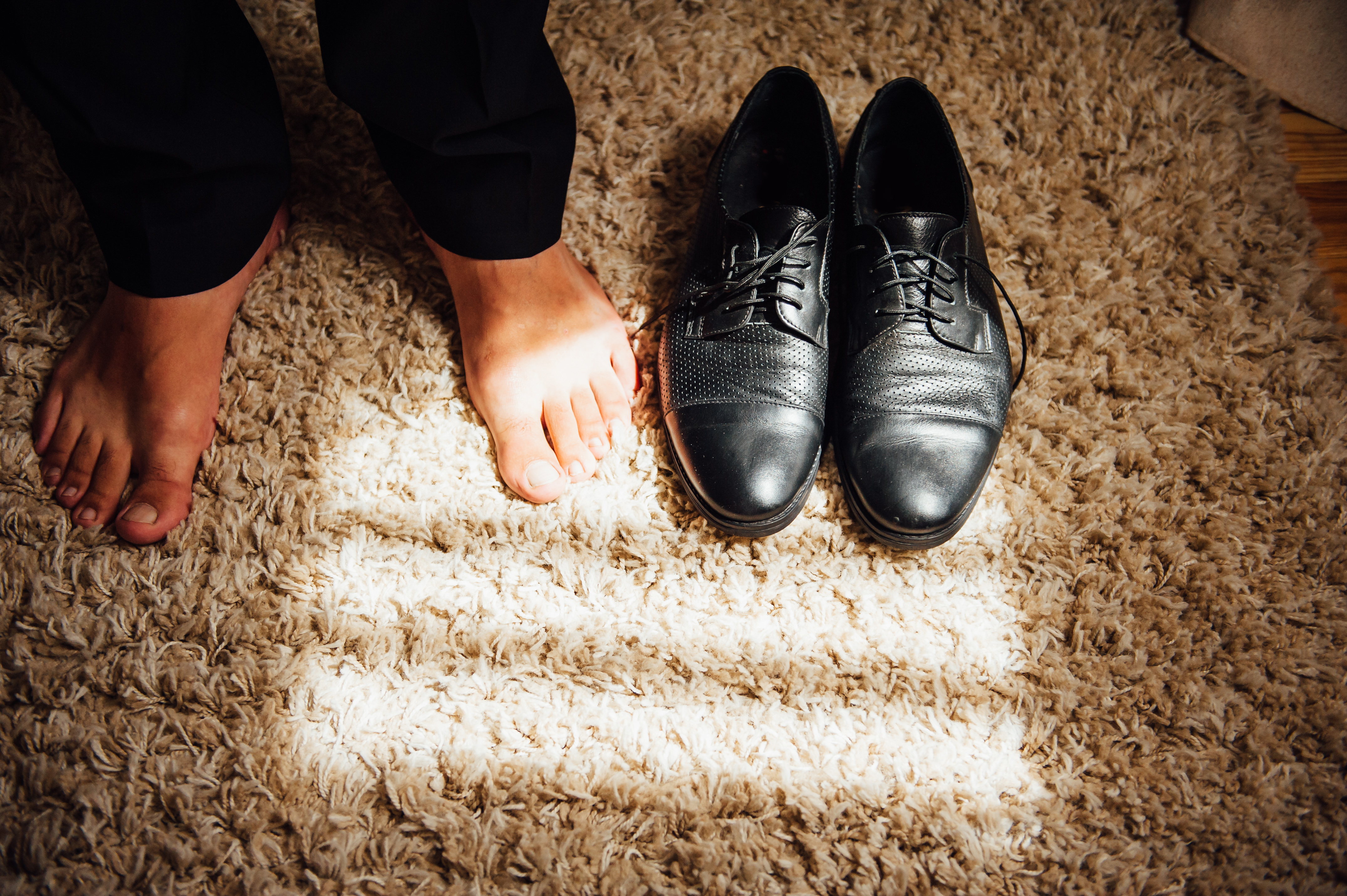
You should be wearing the shoes and shirt you’ll wear with the suit, and maybe even the cologne to help create the full effect. Cut your hair and shave, too, while you’re at it.
17
They Appreciate Pictures

Unless you really know how to describe what you’re looking for, photos are often a tailor’s best friend, helping to clearly show what it is you want and the style you are aiming for in your suit. Visuals are valuable.
18
They Expect You To Know Some Basics

If you’re seeking a quality tailor, don’t stroll into their shop expecting them to educate you on whether you should get a fitted jacket or where your trousers should break. A tailor can help you figure this out, of course, but will take you much more seriously if you come in with a basic knowledge of the components of a good suit what you are looking for.
19
To Check the Lining

Any quality tailor can tell you that there are giveaways to tell whether a designer suit is in fact a designer suit and not a knockoff. They should have a “canvas” (material set between the fabric and the lining which gives the suit its structure). In a cheap suit, the lining may have been glued—rather than sewn—into a jacket. You can check by pinching around the top button holes on the chest piece. If you can clearly feel a separate piece of material, it’s good. This video helpfully shows the difference between a $100 and a $1,000 suit.
20
The Best Customers Are Partners for Life

Great tailors see a good customer as a lifelong relationship. They aren’t there just to help you get a jacket altered, but to work together over the long-run. “We don’t call a customer a customer until they’ve been back a second time,” Henry Poole Managing Director Simon Cundey told CNN. If you want to be taken seriously, know that it will take time. For more fashion tips going forward, check out the 38 Things No Man Over 40 Should Ever Wear.
To discover more amazing secrets about living your best life, click here to sign up for our FREE daily newsletter!